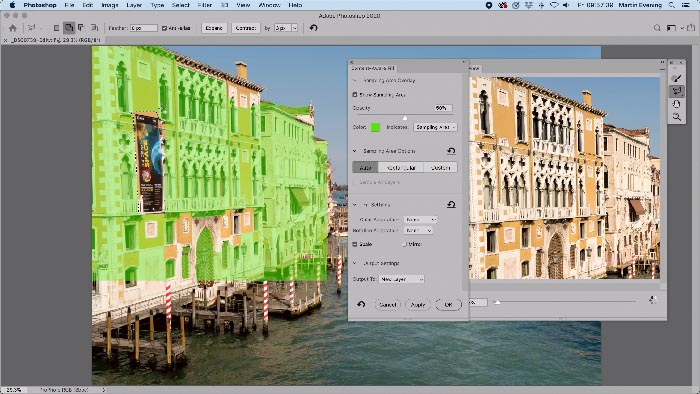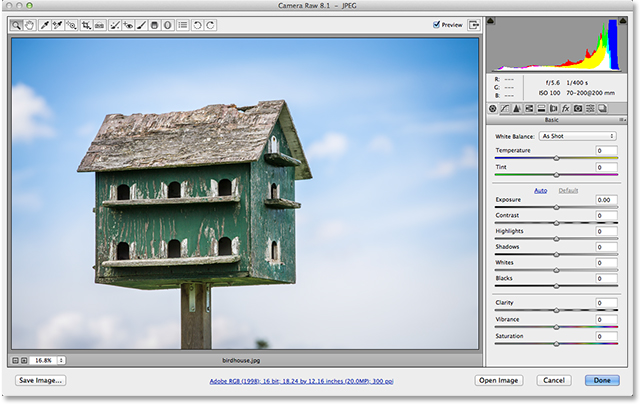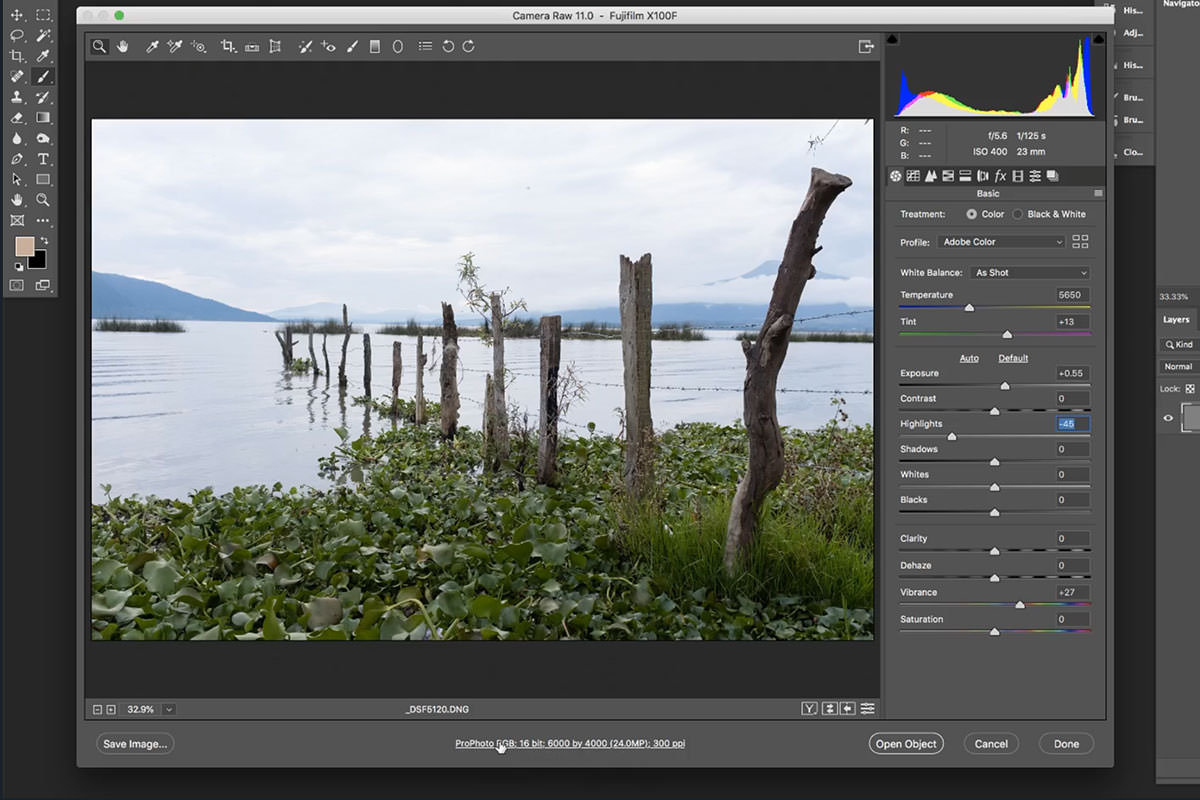
Transform tools come in many varieties in Photoshop that allow you to alter perspective. These use advanced algorithms to move or remove pixels. Photoshop includes many content-aware fill tools. Photoshop’s spot remover tools (like clone stamp and healing brush) are faster and more precise.

But the more advanced versions are located in Photoshop. These allow photographers to create HDR images and panoramas. Newer versions of Lightroom include basic merge tools. There is a spot remover and a transform tool that lets you adjust perspective. Lightroom includes some basic content manipulation tools. This can be anything from removing a dust spot to replacing a boring sky.Īdobe Photoshop excels in these advanced image edits. Advanced Image Editsīy advanced image edits, I mean changing the pixels in the photo. Verdict: Lightroom is best for basic photo edits. This means that you can easily apply edits from one photo to other images. Plus, I use Lightroom to batch edit images. This way, they can go back to the original image if they need to. Photographers using Photoshop often create new layers for each major change. Edits are saved in a sidecar file and never change the original photo. Each change you make is baked into the image.

Some Lightroom edits from above photo duplicated. Selecting a photo from Bridge will send the file to ACR. To access ACR from inside Photoshop, go to Filter>Camera Raw Filter (Shift + Ctrl or ⌘A). ACR’s interface is like Lightroom’s though the workspace is laid out differently. Photographers working in Photoshop often use ACR to do basic adjustments. But because the program wasn’t initially designed with photographers in mind, the interface may not seem as user friendly. Photoshop is more than capable of making basic photo adjustments. Shows photo editing tools in the right column. Screenshot of Lightroom’s Develop Module. Adobe omitted the tools that aren’t used often by photographers. The Lightroom workspace makes basic photo edits like exposure and color adjustments easy. But the workspace and the user experience is very different. You can make basic photo editing adjustments in both Adobe Lightroom and Photoshop. Verdict: Lightroom is best for importing and organizing images. This program allows raw files to be opened in Photoshop. To address this problem, Adobe provides a tool called Adobe Camera Raw (ACR). Photoshop has another limitation when importing images from my camera. Screenshot of the import window in Bridge.Įven photographers who like Photoshop for editing use Lightroom’s cataloguing system. But the editing tool is limited compared with Lightroom. This program includes the cataloguing, import, and export features included in Lightroom. A separate program, Adobe Bridge, is in the Creative Cloud suite to bridge the gap. Shows tools such as keywording and organizing in the righthand column. I can move and organize the photos to make them easier to find later. I can even apply my favourite image adjustments automatically. I can import all the images from my SD card, keyword them, and rate the quality. Lightroom includes a cataloguing system designed to import and organize photos. It’s at this very start that we hit a significant difference between the programs.Īdobe Photoshop is designed to edit one image at a time. The first thing I do is get my photos off of my camera and ready to edit on my computer. I’ll show you why I choose to use the best of both programs.

I’ll walk you through my basic photo editing workflow. To access Photoshop and Lightroom, you sign up for the photography subscription. They stopped releasing the programs individually. In 2013, Adobe changed to a subscription model. The programs have developed side-by-side-each with their own strengths. Many people think that Photoshop is a more powerful big brother to Lightroom. But Adobe redesigned the user interface to make common photographic adjustments easier. It features the editing tools that photographers need. In many ways, it’s a simpler version of Photoshop. In 2007, Adobe released Lightroom (LR) with photographers in mind. When digital photography became popular, PS became the way to edit photos. Some Background to Photoshop and LightroomĪdobe released Photoshop (PS) as a graphics editor in 1990.


 0 kommentar(er)
0 kommentar(er)
